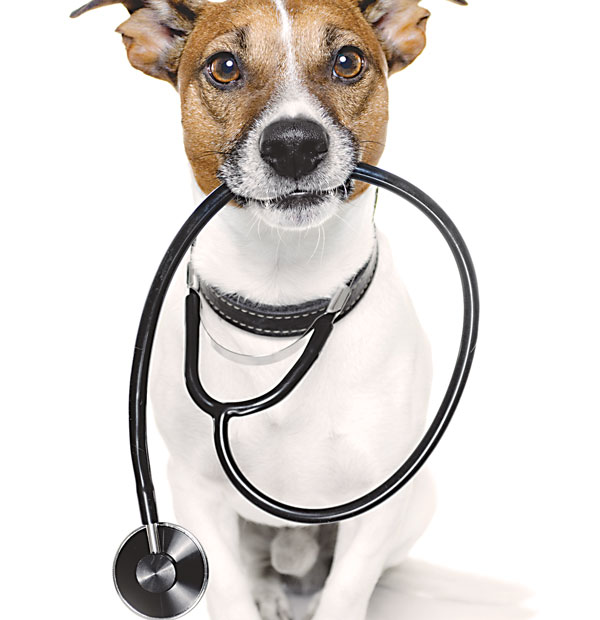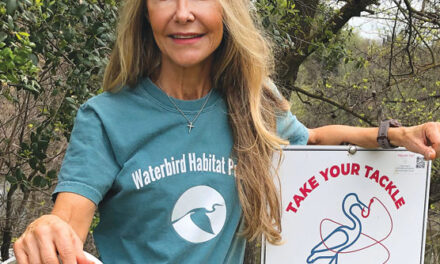My husband and I noticed something amiss when our 13-year-old chihuahua mix, Tammy, was uninterested in breakfast. She was moving slowly, not the perky wide-eyed pooch spinning in circles for a morning treat.
I called our veterinarian’s office, assuming it would be booked for the day but hoping staff could squeeze us in. They couldn’t.
I reached out to six other veterinary clinics near our home in Wilhaggin. Only one was accepting new patients, but the wait was three weeks.

Not to be defeated, I tried two local 24-hour emergency hospitals. Both turned us away. “We are at capacity and cannot see any more emergencies today.”
It’s a pet owner’s nightmare: an animal with a serious illness or injury and nowhere to go, no one to help.
There’s a critical shortage of veterinary professionals across the United States, and Sacramento is no exception.
Mars Veterinary Health, a network of 2,500 veterinary clinics, hospitals and diagnostic labs, including corporate-owned Banfield and VCA Animal Hospitals, both prominent in Sacramento, released a report earlier this year detailing the severity of the nation’s shortage.
Vet care appointments were up 6.5 percent in 2021, due in part to increased pet adoptions by people working from home during the pandemic. Longtime pet owners spending more time at home were also noticing maladies overlooked before.
Compounding the problem are nearly 2,000 veterinarians retiring nationwide each year. According to the American Veterinary Medical Association, the average turnover for animal doctors is double that of human physicians. Veterinary technicians have one of the highest turnovers of all health care positions.
Overworked, highly stressed veterinary professionals are burning out. “Animal owners will need to realize that many practitioners are overwhelmed and their hospitals-clinics and availability will be limited,” says Dr. Karl Jandrey, a small animal emergency and critical care professor at UC Davis School of Veterinary Medicine.
VCA Animal Hospitals reported more than 50 veterinarian job openings at its eight Sacramento facilities in August. “And we don’t just need vets, but also positions that don’t require medical background, such as customer service representatives,” says Joseph Campbell, VCA’s corporate communications director.
“My problem is that I don’t have enough staff to see the cases that want to be seen,” says Dr. Laura Hart, owner of Reagor Pet Hospital on Walnut Avenue. “I’ve had an ad out for a veterinarian for two years. I’ve gotten four resumes,” she says.
VCA Sacramento Medical Group in Carmichael reports each of its doctors is seeing two to four more appointments per day than pre-pandemic due to fewer doctors on staff.
Even with new veterinary graduates over the next 10 years, a shortage of 15,000 veterinarians will likely exist nationwide by 2030, Mars Veterinary Health reports.
“It’s nationwide. It’s not just California. It’s not just this region,” says Hart, who has limited her open days to four a week due to the shortage. “It’s also harder for an independently owned practice because we don’t have the ability to borrow staff from other hospitals. Corporates that have multiple practices commonly share staff. That’s a luxury I don’t have.”
To address the shortage, the Mars study suggests adding more veterinary schools and increasing class sizes. “There are a few veterinary schools opening around the country, but the current demand will unlikely be met by the supply of veterinarians now or five to 10 years from now,” Jandrey says.
Other suggestions to tackle the shortage include placing more emphasis on preventive care, recruiting new vet students through programs targeting underrepresented groups, providing student debt relief, and increasing access to telehealth and virtual-care options. VCA Sacramento Medical Group offers clients free 24/7 live chat for general medical questions.
Giving more responsibility to credentialed veterinary technicians would free doctors to perform work that calls for their advanced education. “More complete development of the roles and contributions of veterinary nurses/technicians will be essential,” Mars reports.
So how do pet owners prepare for the current and future vet care predicament? “Try not to wait until a problem is an emergency,” Hart says. “The dog is vomiting on Monday, don’t wait until Friday afternoon to seek help.”
Book appointments for annual exams and vaccinations in advance. If you don’t have a primary-care vet, get one.
“Establishing a relationship with a veterinary practice means your pet will have a team to help that is familiar with his or her medical history if something happens,” Campbell says.
Established clients can get on a waiting list if there is a cancelation or get a drop-off appointment where the doctor will exam the animal as time permits.
“They will also need to educate themselves on preventive health strategies and be prepared for emergencies,” Jandrey says. Keep a list of 24-hour emergency hospitals. If one turns you away, call another.
With limited options for our dog Tammy, my husband and I decided to monitor her for 24 hours. She has a history of being overly dramatic. Sure enough, she was eating and wagging the next day.
But what if she wasn’t?
Cathryn Rakich can be reached at crakich@surewest.net. Follow us on Facebook, Twitter and Instagram: @insidesacramento.
















